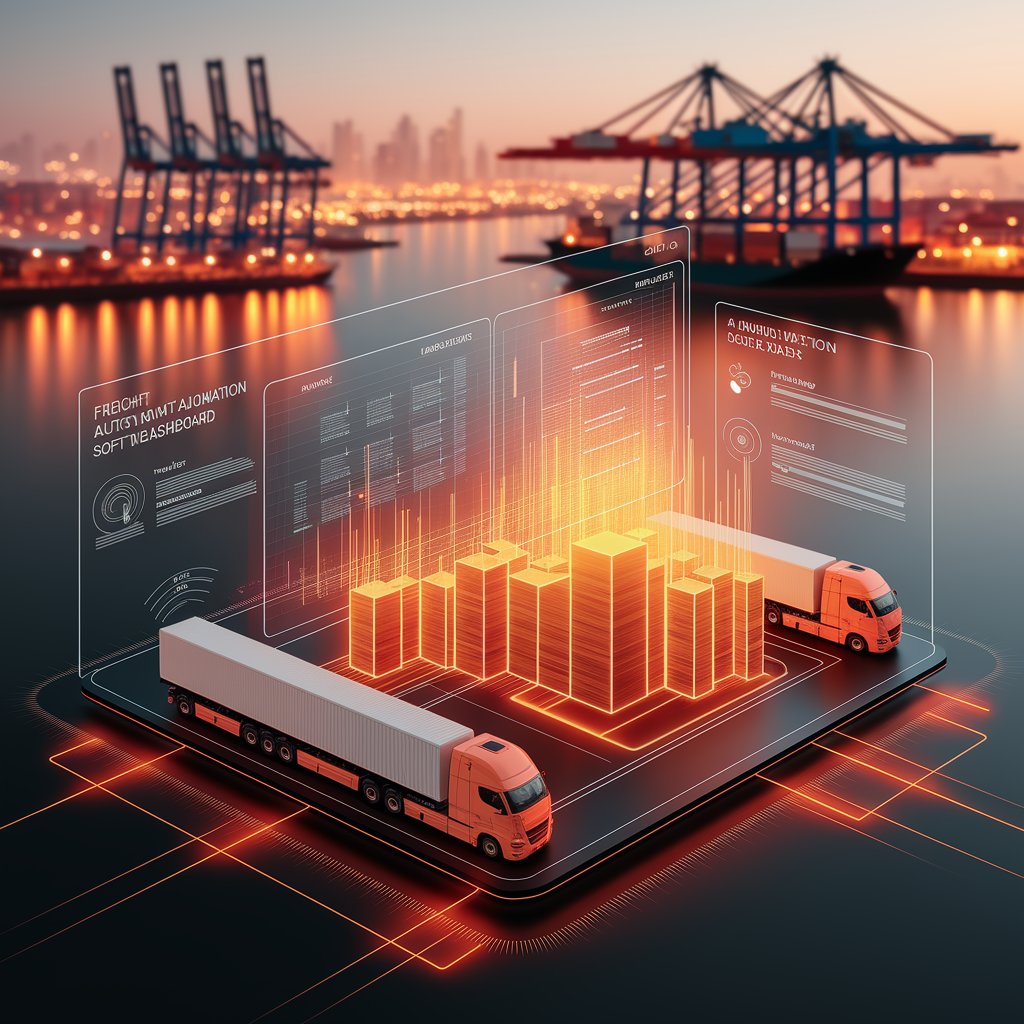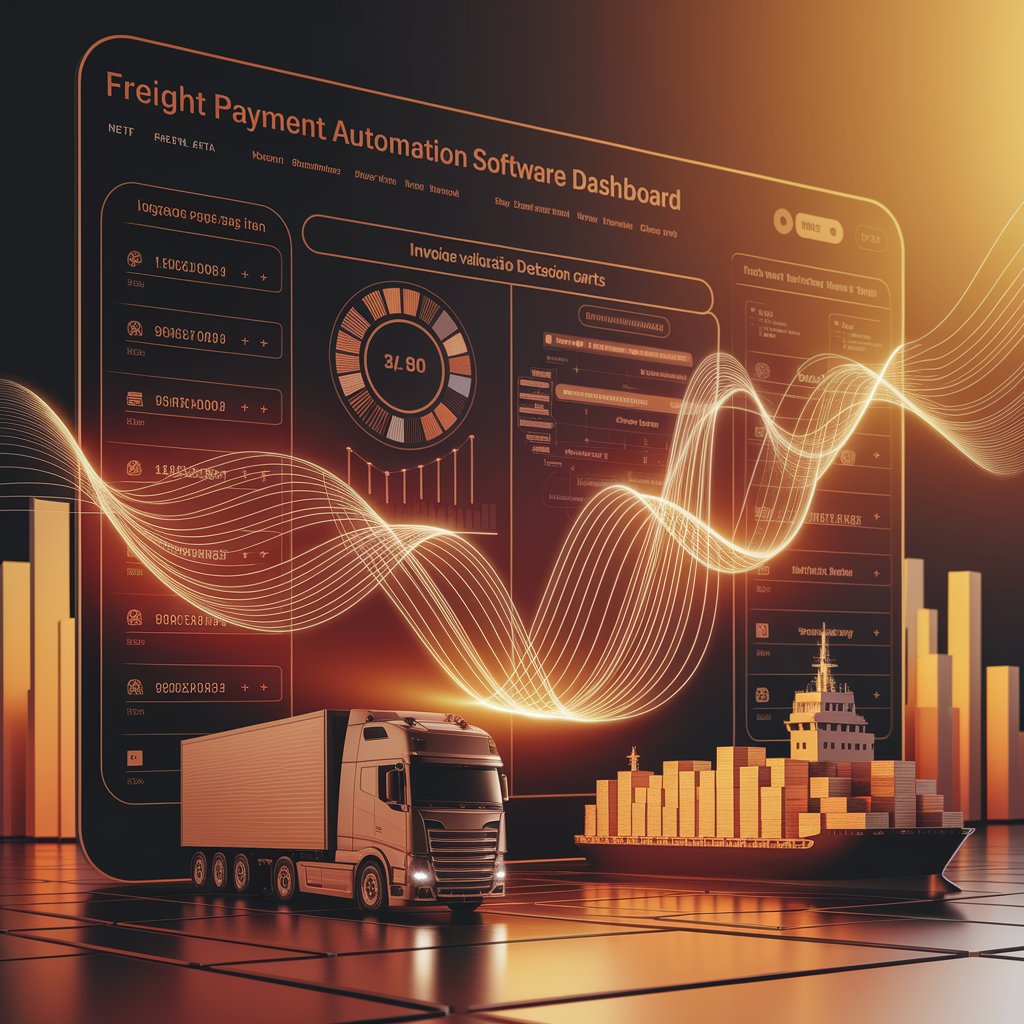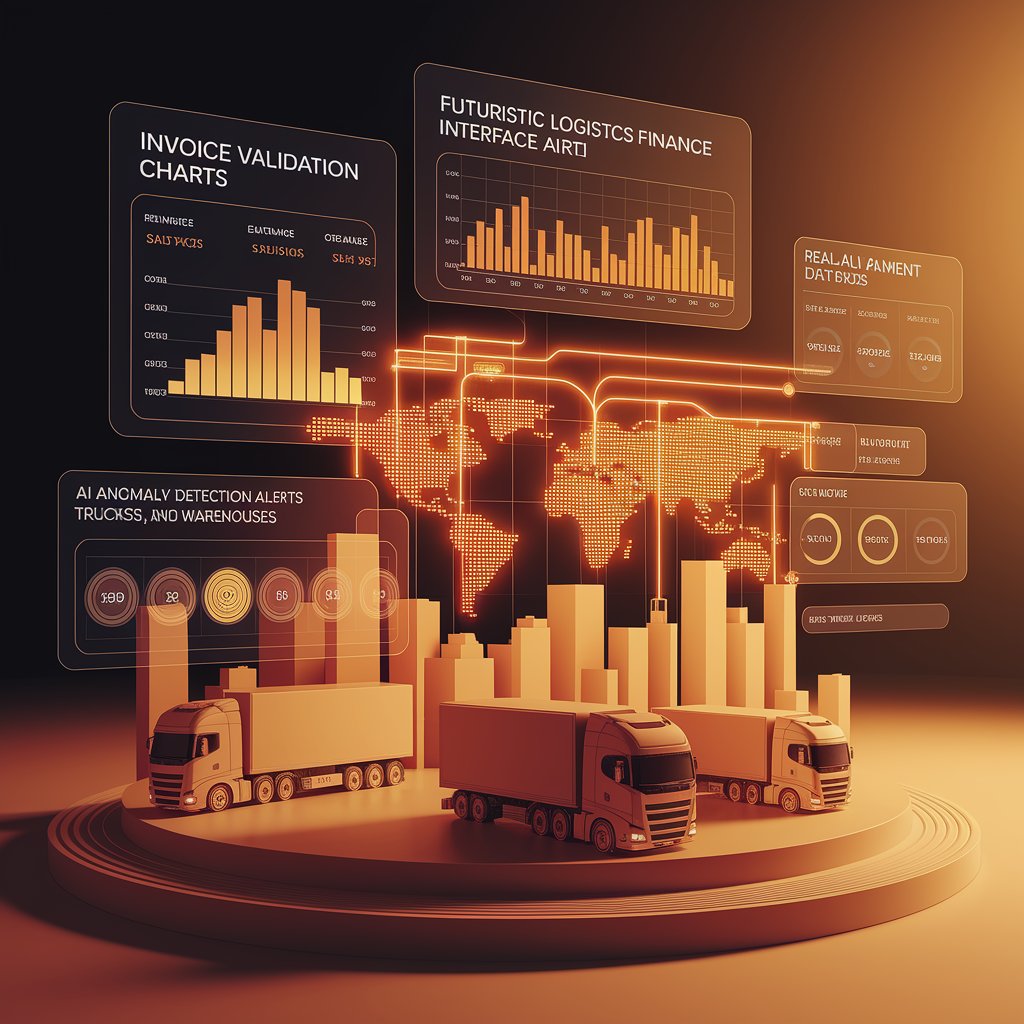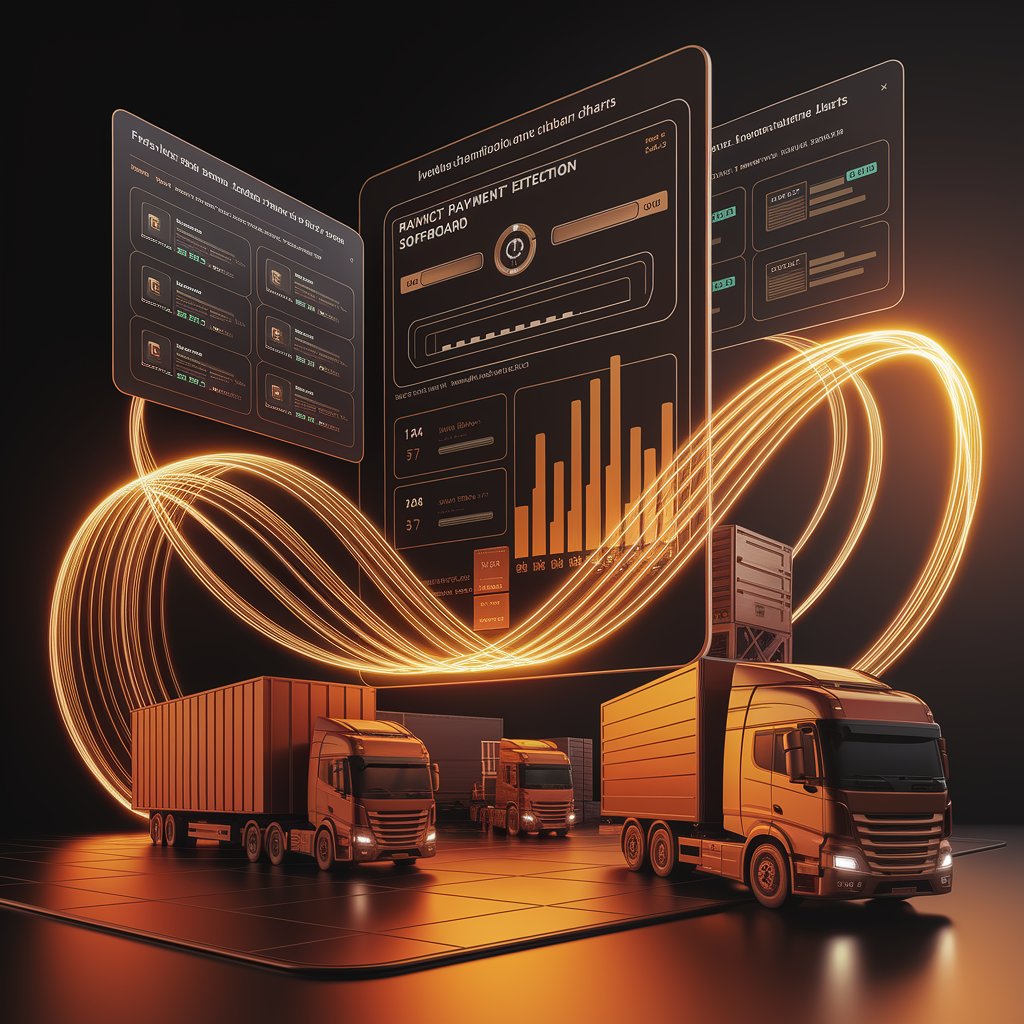Freight Payment Automation Software: Streamlining Costs in Modern Logistics

Introduction
That’s why companies are embracing freight payment automation software. By leveraging AI, machine learning, and cloud-based platforms, businesses can eliminate manual bottlenecks, ensure accuracy, and gain real-time financial visibility across the supply chain.
What Is Freight Payment Automation Software?
Freight payment automation software is a digital solution that automates the process of auditing, validating, and paying freight invoices. Instead of manually matching invoices against contracts or shipping records, the system uses AI-powered algorithms to:
- Verify charges against rate agreements.
- Flag anomalies and prevent overbilling.
- Automate approvals and payments across carriers.
- Generate financial reports in real time.
This not only reduces costs but also transforms freight finance into a strategic advantage.

Key Features of Freight Payment Automation Software
- Automated Invoice Matching – Validates invoices against contracts and shipment data.
- Multi-Currency & Multi-Carrier Support – Handles global freight complexity seamlessly.
- AI-Powered Error Detection – Flags duplicate charges, incorrect rates, or hidden fees.
- Integrated Dashboards – Centralized visibility into freight costs and payment status.
- Compliance Validation – Ensures adherence to trade, tax, and regulatory standards.
- Analytics & Reporting – Provides cost breakdowns, trends, and performance insights.
Benefits of Freight Payment Automation Software 📈
- Cost Savings – Prevents overpayments and billing errors.
- Time Efficiency – Cuts processing time from days to minutes.
- Improved Cash Flow – Faster invoice processing strengthens financial control.
- Transparency – Real-time visibility into freight costs and trends.
- Risk Reduction – Ensures compliance and reduces fraud.
- Better Carrier Relations – On-time, accurate payments build trust with partners.

Real-World Applications
- Freight Forwarders – Automate invoice audits across multiple carriers.
- Carriers – Standardize billing and improve payment turnaround.
- E-commerce Companies – Streamline high-volume freight invoices during peak seasons.
- Global Shippers – Manage multi-region freight expenses with real-time oversight.
- 3PL Providers – Offer automated freight audit & pay services as added value.
Challenges in Freight Payment Automation
- Integration Complexity – Connecting with legacy ERP, TMS, and accounting systems.
- Data Accuracy Issues – Poor shipment records reduce invoice validation quality.
- High Implementation Costs – Initial setup and software licensing can be expensive.
- Change Resistance – Finance teams may be reluctant to replace manual controls.
- Cybersecurity Risks – Protecting sensitive financial and trade data is essential.

Best Practices for Success
- Start with High-Volume Freight Lanes – Apply automation where invoice volume is highest.
- Unify Data Sources – Clean shipment, rate, and invoice data before integration.
- Ensure ERP & TMS Connectivity – Streamline automation across systems.
- Leverage AI for Continuous Improvement – Use machine learning to refine validation rules.
- Train Finance & Ops Teams – Build trust in automation for faster adoption.
- Measure ROI with KPIs – Track error reduction, processing time, and savings.
The Future of Freight Payment Automation Software 🚀
- Blockchain-Enabled Payments – Secure, transparent transactions across carriers.
- AI-Driven Predictive Costing – Estimate future freight expenses with high accuracy.
- Smart Contracts – Automate payments when shipment milestones are confirmed.
- Digital Twin Finance Models – Simulate financial impact of freight decisions in real time.
- Sustainability-Centric Costing – Track carbon costs alongside freight expenses.
Conclusion
Freight payment automation software is transforming financial operations in logistics. By automating invoice validation, preventing overbilling, and accelerating payments, companies can save money, improve transparency, and strengthen relationships with carriers.
For freight forwarders, shippers, and logistics providers, adopting freight payment automation software isn’t just about cutting costs—it’s about building smarter, future-ready financial systems.
